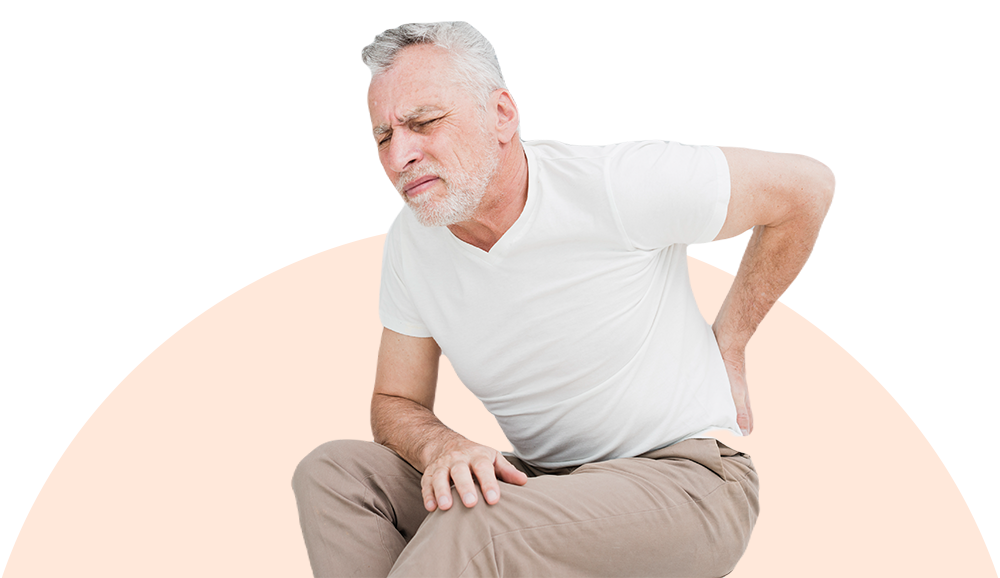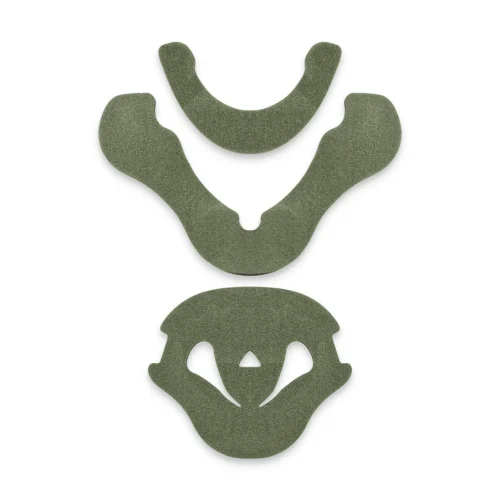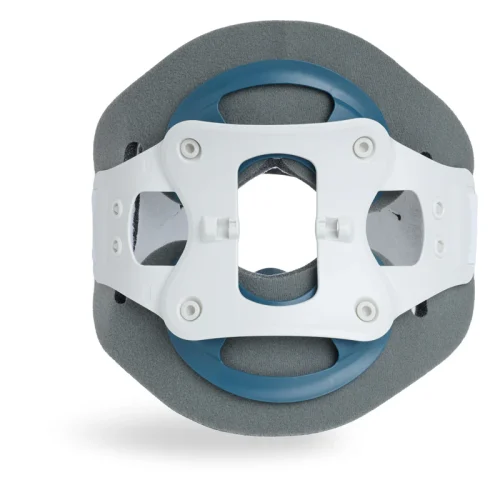Osteoporosis

Causes and Symptoms of Osteoporosis
Low back pain is a common condition, with most people experiencing it at least once in their lifetime. While it can affect individuals of any age, middle-aged adults and women are at higher risk. Common causes of low back pain include muscle or ligament sprains and strains, arthritis, disc-related issues such as degenerative disc disease, and skeletal abnormalities like scoliosis. Other contributors include fractures, injuries, previous surgeries, obesity, smoking, and lack of regular physical activity. Interestingly, around 90% of low back pain cases are classified as non-specific, meaning they lack a clear underlying cause.
Pain can present as either acute (lasting a few weeks) or chronic (persisting for months or even years). Symptoms may emerge suddenly or progress gradually over time, potentially including:

Treatments
Osteoporosis is typically diagnosed through a bone mineral density test, an X-ray imaging method that evaluates the levels of calcium and other minerals in the bones of the spine, hip, and sometimes the forearm. Additional diagnostic tools, such as CT scans or ultrasounds, may also be used.
For patients diagnosed with osteoporosis, non-surgical treatments are often recommended to strengthen bones and muscles, slow or halt bone loss, and prevent fractures. These treatments may include:
- A healthy diet rich in calcium and vitamin D
- Calcium and vitamin D supplements
- Strength training, weight-bearing, and balance exercises
- Quitting smoking
- Limiting alcohol consumption
- Medications to slow bone loss or rebuild bone
- Avoiding high-risk activities such as golf, sit-ups, and toe touches
- Bracing to support weakened bones and improve stability
Products






